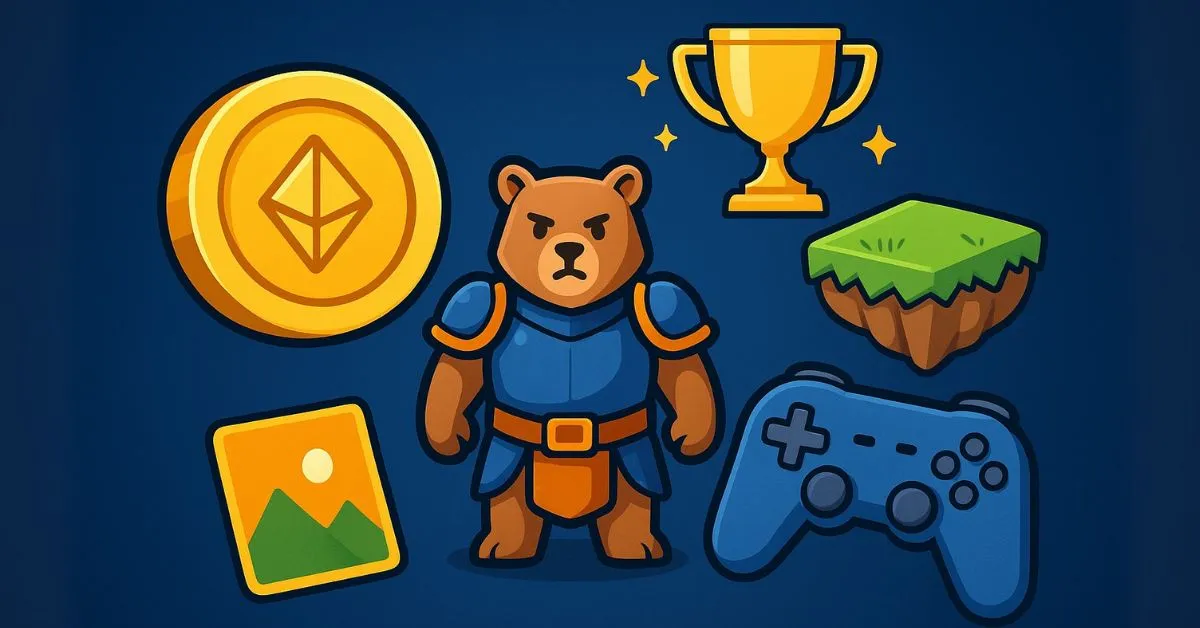
Web3 Gaming: The Evolutionary Journey from 2017 to Now
1. Categorizing Web3 Games by digital asset ownership
Web3 games are distinguished by how players own digital assets:
• NFT Games: Players collect and own characters or items as NFTs.
• Play-to-Earn (P2E): Earnings through in-game activities.
• Move-to-Earn (M2E): Physical movement is rewarded.
• Tap-to-Earn (T2E): Simple tapping actions generate rewards.
• Metaverse Games: Immersive virtual worlds with open economies.
2. Classified by genre and development scale
Popular genres:
• RPG: Role-playing with leveling and storytelling.
• Strategy: Requires planning and tactical decisions.
• Action: Focused on reflexes and skill-based play.
• Casual: Light, easy-to-pick-up gameplay.
• MMO: Massively multiplayer online experiences.
• Sports / Card Games: Collect and compete with NFT assets.
Development scale:
• Indie: Small teams, minimal funding.
• Midsize: Moderate team size and investment.
• Primitive: Early prototypes with basic mechanics.
• AA: $10M–$25M investment with professional teams.
• AAA: Large-scale productions over $25M with full studios.
Most current Web3 games fall into indie or midsize, with AAA titles still rare due to high costs and complexity.
3. PvP and PvE models in Web3 Gaming
• PvP (Player vs Player): Real-time or turn-based combat between players, rewarding skill and competition.
• PvE (Player vs Environment): Interactions with non-player challenges, allowing progression and storyline development.
Combining both models often ensures better player retention and varied experiences.